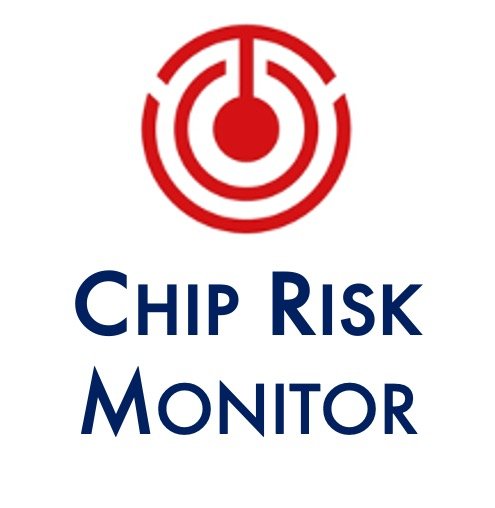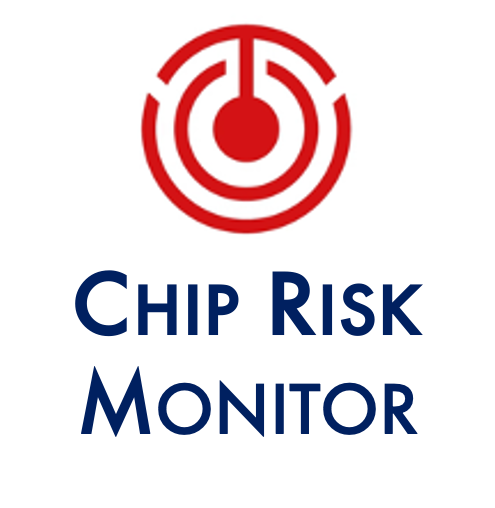The Big Fund in Context
Understanding China’s Semiconductor Playbook
by Alexandra Hartman
The third phase of China’s Big Fund — the National Integrated Circuit Industry Investment Fund — was launched on May 24. The fund’s 19 shareholders, which include China’s Ministry of Finance and the China Development Bank, have recapitalized the fund with a total of 344 billion RMB (about $47.5 billion).
Because the Big Fund invests in the PRC’s domestic chip industry, the natural impulse of many in the West is to frame the new funding tranche as responsive to the US’ CHIPS Act or at least to compare it to the scope of CHIPS Act funds. That framing risks misunderstanding the PRC’s comprehensive State-led technological development program. That program, which long predates the CHIPS Act and the Big Fund’s latest tranche, includes not only investment but also government direction and subsidization, preferential tax policies, and a variety of other tools to advance its aims. Understanding the full scope of those activities is crucial to any meaningful attempt by the US or its allies to compete with the PRC — in semiconductors and more broadly, across industrial and science and technology domains.
China pursues its semiconductor ambitions through a varied toolkit. On the direct funding front, the Chinese government’s capital dedicated for semiconductor companies dwarfs that of the US. The CHIPS Act directed about $50 billion towards semiconductor research and development and fab construction, which is to be deployed primarily as grants and tax incentives; the three rounds of the Big Fund total to over $95 billion, deployed as equity investments. And that figure does not include the myriad other benefits, financial and otherwise, that the Chinese government gives its semiconductor companies.
China has also been at this longer: The first round of the Big Fund started deploying in 2014. The latest funding round is not a response to the CHIPS Act, but rather the continuation of a long-running, systematic, and highly complex government-led financial and industrial policy program designed to foster innovative companies, capture key supply chain nodes, and dominate global semiconductor manufacturing.
The American approach is much more limited. The US has provided funding for factory construction and has implemented outbound restrictions on sales of certain advanced chips, materials, and manufacturing equipment to Chinese companies. China, on the other hand, pursues a “state led, enterprise driven” economic model, in which the Chinese government is the dominant market actor and shaper. In practice, this means that the PRC’s chips program includes government-controlled venture capital and other funding streams; influence over private investors; government-supported corporate-university partnerships and collaborative organizations; and preferential tax policies and government support for key emerging semiconductor companies that subsidize everything from equipment upgrading to labor.
NAURA Technology Group provides an example of that crossover. It received an investment of about 1.5 billion RMB from the second phase of the Big Fund in 2021, the same year in which it was named a “little giant,” a PRC government industrial policy program that recognizes small and medium-sized enterprises at key value chain nodes and provides subsidies, business development support, and collaboration with industry leaders. NAURA is also involved in major PRC semiconductor industry associations, key hubs that facilitate collaboration among companies and inform industrial standards and policy. That support seems to have paid off; NAURA provided equipment for SMIC’s new factory outside Beijing, as part of the company and the country’s attempts to decouple semiconductor manufacturing from US inputs.
Other early Big Fund targets included CXMT and YMTC, both of which are now major players in the PRC and international chips industry. YMTC received about 13 billion RMB in investment from Big Fund Phase 1 and over 30 billion RMB in two stages from Big Fund Phase 2. In February 2023, during Big Fund Phase 2’s second investment into YMTC, Hubei Changsheng Development Co., Ltd. also invested 30 billion RMB. One of Hubei Changsheng’s three shareholders at that time was the Hubei Integrated Circuit Industry Investment Fund, which is Hubei Province’s version of the Big Fund. In March of this year, that same Hubei Big Fund invested in Wuhan Xinxin (XMC), which had been established in 2006, was a major part of the establishment of YMTC, and later became its wholly-owned subsidiary. XMC is now reportedly planning an IPO; some commentators have suggested that this move is intended to help YMTC expand and access more capital. It will also likely generate returns for at least the Hubei Big Fund, and possibly the national Big Fund as well.
This network of financial connections illustrates the complexity of the PRC’s state-led chip development program. In order to effectively respond to the challenge that the PRC’s policies create, it is critical to understand how those policies interact with each other; how they influence market and non-market actors; and the commercial, financial, and industrial realities they shape.
Accurate understanding of the full scope of the PRC’s semiconductor program can inform more comprehensive and effective approaches to countering that threat. Current US tools, like the Commerce Department’s Entity List, tend to be piecemeal and reactive, responding to entities once they are already in a position to create problems rather than anticipating developments based on a full view of the PRC system. For instance, XMC is not on the Entity List, despite its relationship with YMTC. If XMC’s planned IPO occurs, foreign investors could end up supporting a key commercial player in China’s efforts to dominate the global semiconductor supply chain. But simply subjecting that one company to restrictions will not solve the problem, because YMTC and fellow Big Fund beneficiaries can continue to create subsidiaries and find other ways around the regulations.
The last ten years have made obvious the power of Beijing’s Big Fund and the larger, comprehensive semiconductor development program of which it is a part. They have also made clear the importance of mapping and understanding the web of policies, agencies, associations, and companies in that program. Disagreement about how the US should counter that program is to be expected and can be productive. But first we need to understand what we’re actually facing.
—Alexandra Hartman, an Analyst at Horizon Advisory

